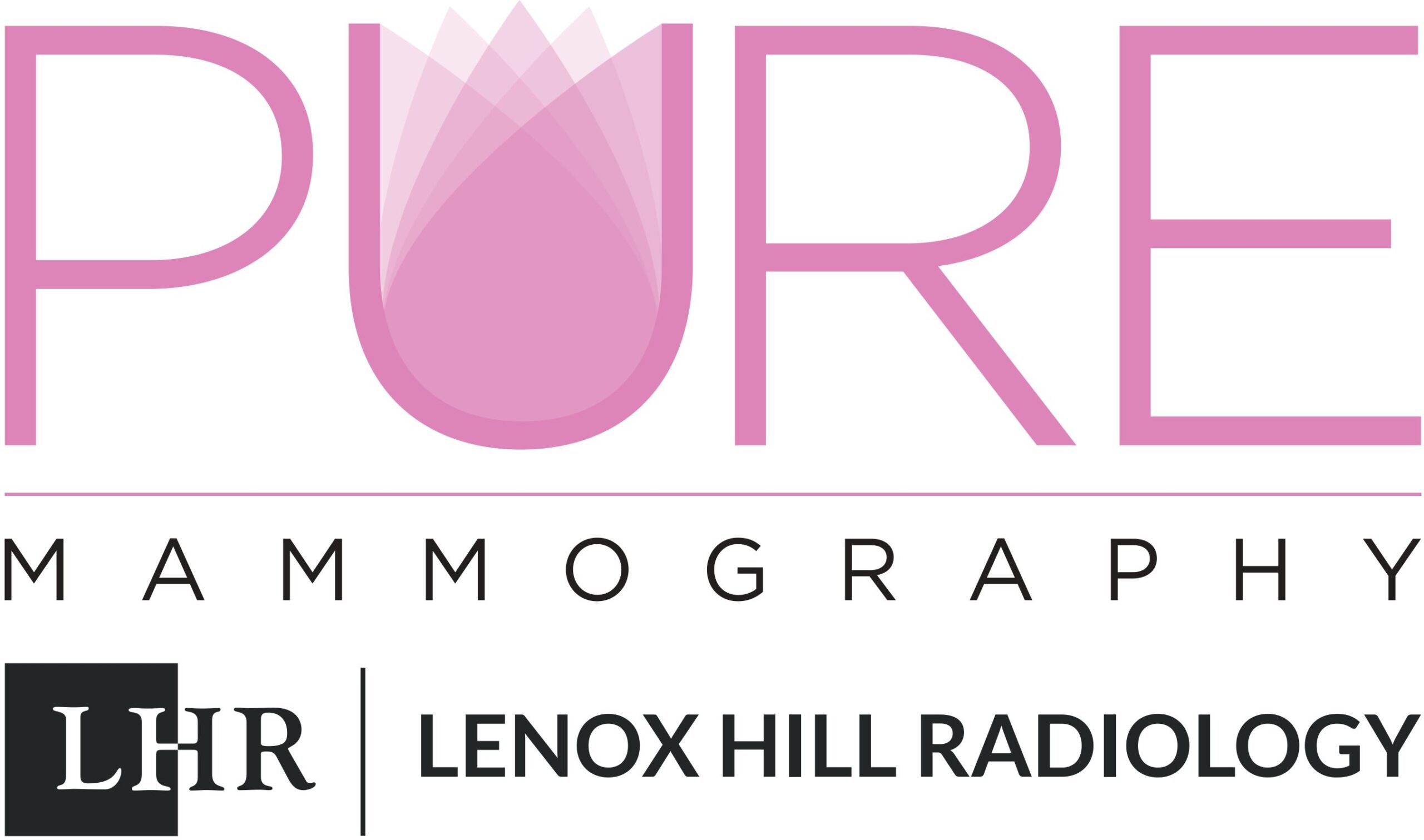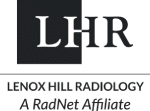Fibrocystic Breast Changes
 Lumps in the breasts are typically believed to be a cause for great concern, although studies indicate that approximately 60 percent of women have them. In some cases, lumps are concerning, but not always. Here, we discuss the term “fibrocystic breast changes” and what it may mean for women with lumpy or ropy breast tissue.
Lumps in the breasts are typically believed to be a cause for great concern, although studies indicate that approximately 60 percent of women have them. In some cases, lumps are concerning, but not always. Here, we discuss the term “fibrocystic breast changes” and what it may mean for women with lumpy or ropy breast tissue.
FIbrocystic breasts are described as having a particular texture. The lumps that are common with this condition are not tumors or abnormal cells. They are cysts that are formed with groups of common cells. Cysts may contain air, fluid, or tiny pieces of tissue. They are more like bubbles than the solid masses that form tumors. They also do not form in the same way that tumors do. Tumors grow from a genetic mutation that alters the reproduction of cells. Cysts may form for several reasons.
The Formation of Fibrocystic Tissue
Different types of cysts form as a result of specific processes. Often, cysts form near milk-producing glands. The reason may be because these glands produce and secrete fluid, so may trap dead cells, leading to a blockage. When the gland cannot properly drain, fluid and cells form into a cyst. At first, most breast cysts are teeny tiny. They grow over time, sometimes over many years. The primary factors in their growth are the hormones estrogen and progesterone. Not only can these hormones trigger cyst formation, but once the cyst forms, even more hormones are released. This cycle increases the risk of multiple cysts growing. The good news about this cycle is that women who have gone through menopause tend to notice that their breast cysts disappear.
Managing Fibrocystic Breasts
Women with unexamined breast lumps should schedule a visit with their primary care physician or gynecologist sooner rather than later. Just because breast lumps could indicate a benign condition doesn’t mean they always do. A thorough breast examination and breast imaging are warranted in cases of new breast growths or breast changes. Women diagnosed with fibrocystic breasts may be treated with hormonal birth control or other hormone therapy. In some cases, if a cyst is very painful, the doctor may drain it. Surgery is not needed to remove benign breast cysts.
PURE Mammography is committed to providing the most efficient mammograms and breast ultrasounds in the most relaxing environment possible. To schedule your screening at our facility in Lake Grove, NY, contact us at 631-652-3424.

 Learn More About LENOX HILL RADIOLOGY
Learn More About LENOX HILL RADIOLOGY